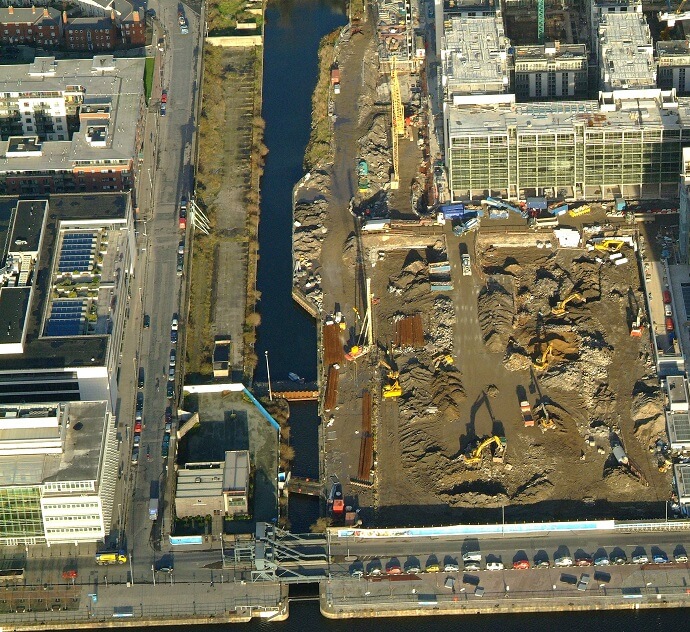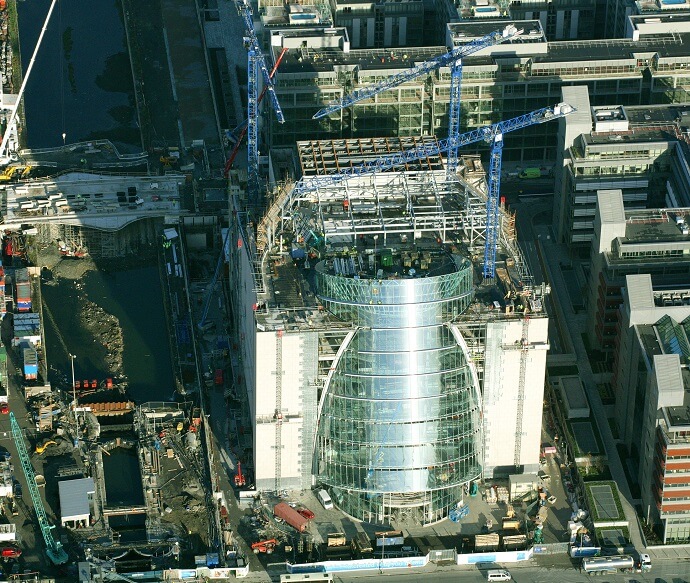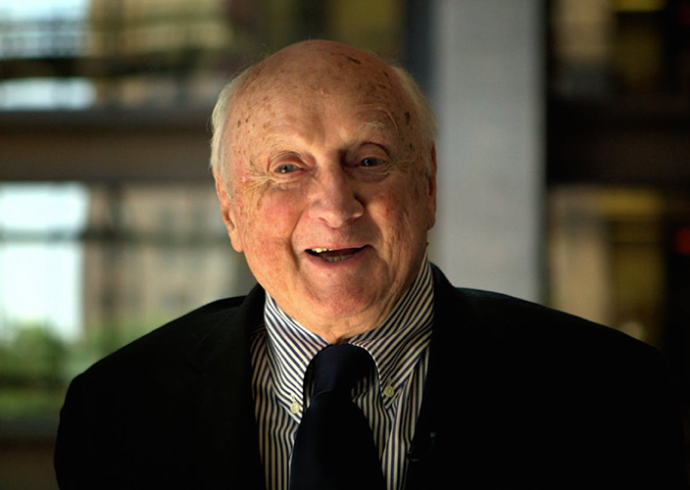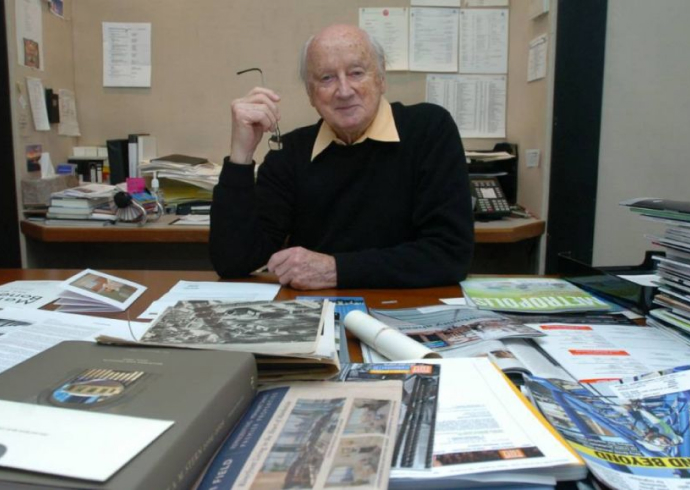1987
European Regional Development Funding (ERDF) launched.
1992
The second ERDF launched, including provision of a new fit-for-purpose National Conference Centre (NCC).
1997 – 2005
Dermod Dwyer was appointed by the Spencer Dock promoters as group leader.
2005
The Office of Public Works (OPW) sponsored a new PPP competition where qualified promoters were asked to tender to provide a site, design, finance, build and operate the NCC.
September 2006
Tender process commences
April 2007
Government announced that the Spencer Dock Convention Centre Dublin (SDCCD) had won the contract to build the conference centre in a deal valued at €380 million.
November 2007
Construction work above ground began on The Convention Centre Dublin (The CCD).
May 2010
After 40 months on-site construction work on the building, it was completed four months ahead of schedule and on budget. The building was handed over to SDCCD from CMP.
August 2010
Practical Completion achieved and the building was legally handed over to the ownership of the OPW as the commissioning Authority and official agent of the government of Ireland.
7 September 2010
The CCD officially opened by the Taoiseach of Ireland Brian Cowen.
June 2020
Due to COVID-19 capacity restrictions, the Houses of the Oireachtas temporarily moved location from Leinster House to The CCD, one of the very few times that sittings of the Dáil and Seanad took place outside of Kildare Street.
27 June 2020
The 15th Taoiseach, Mícheál Martin, was elected in the Auditorium of The CCD, marking the first time such an election took place outside of Parliament buildings.



